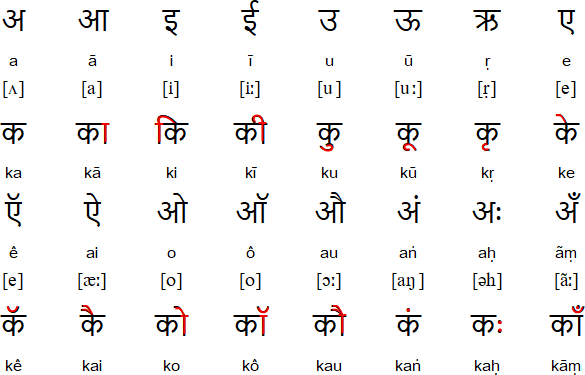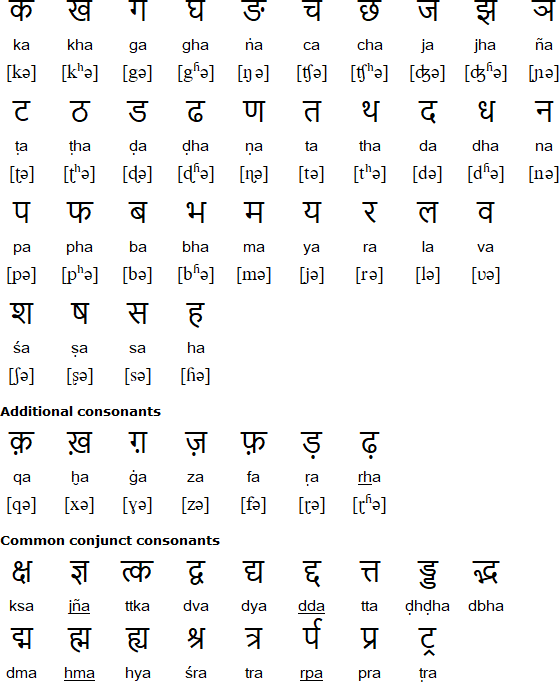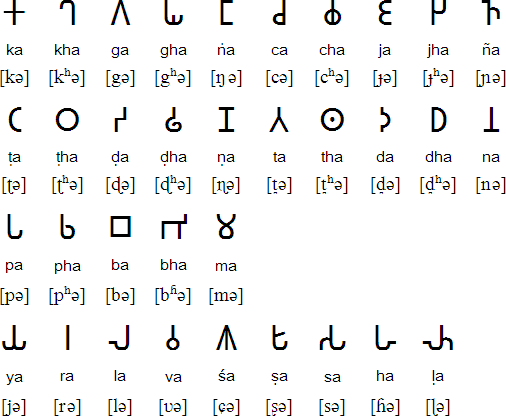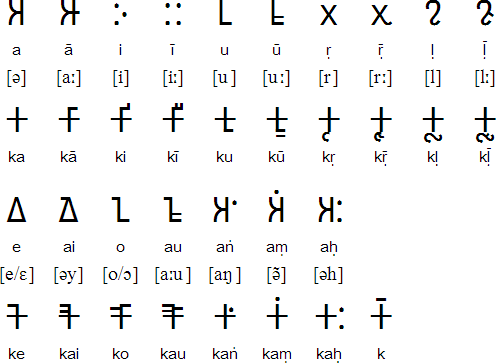Gurmukhi: The Unique Invention of Guru Nanak
Gurmukhi: The Unique Invention of Guru Nanak
Dr.Kuldip Singh, FRCS
* 2080 Sector 15-C, Chandigarh. 160015.
@ Parasaraprasna, Sirdar Kapur Singh, p. 167
Guru Nanak was born with the mandate of revealing a new religious thought and to build up a new nation on the basis of Truth. The Primal Lord wanted Nanak to project a humanitarian and scientific religion, and build a new nation shorn of all hypocrisy and mythology. His mission was revealed when he was taken to the teacher for imparting teaching in the crude local Lande or Mahajani alphabet with which the Khatris maintained accounts. When the teacher wanted the seven year old Nanak to learn the letter "S" or "sassa", Nanak asked as to what did that letter mean. The teacher said it meant the letter ‘S’ nothing more. Guru Nanak explained that it stood for the Sole Creator of the universe who is the one Lord of all of us. "Sasai soye srishat jin saaji, sabhna sahib ek, bhaiyaa" (Guru Granth Sahib, 432). The bani in Raag Aasa over which Guru Arjun, the compiler of Guru Granth Sahib has given the heading Patti Likhi, or the written alphabet, contains a line or couplet for each of the 35 letters of the Gurmukhi alphabet.
Fristly, Guru Nanak appeared for his sojourn on this earth in 1469, the people of Punjab had been speaking Punjabi for over 1,000 years, but there was no script of the language. A crude script of 27 letters, called Mahaani or Takri, without vowel letters or mattras was used by people to note down accounts, record of family events and sending messages. By regarding the whole line they could make out or guess the meaning. Muslims had been ruling Punjab for nearly 500 years and half the population had embraced Islam. The official or court language was Persian, written in Arabic script. The maulvis in the mosques taught not only Arabic to Muslim children but also instructed the Muslims in observation of Muslim customs. The Brahmins, similarly, explained the rituals to Hindus on specific family or festival days. Indeed, observation of specific rituals was regarded as religion by both Muslims and Hindus. Akal Purakh, the one ever-existing Lord, decided to have a complete break when Nanak started reciting bani, or divine revelation, in the Punjabi language. Nanak started compiling this revealed bani in a very concise and complete scientific script for the Punjabi language, comprising 35 letters, 10 vowel marks and 3 other sound marks. It is an historical fact that prior to Guru Nanak’s writing Gurbani, no text had ever been written on walls, stones or paper in the now known Punjabi or Gurmukhi alphabet. Indeed, we can state without the slightest hesitation, and without any fear of contradiction, that Guru Nanak is the inventor of the Gurmukhi alphabet.@ There are hundreds of other scripts all over the world but there is no single inventor of any one or them.
The Second Step: During his long travels across the country and beyond, spread over 28 years, Guru Nanak kept on recording his bani, which he used to recite and sing with his companion, Mardana playing on Rebec in various musical measures or Ragas. Not only this, Guru Nanak recorded the sayings, teachings or bani of other saints or Bhagats, whom he either met during his travels or learnt it from their disciples, the Bhagats having predeceased Guru Nanak. The bani of only those Bhagats was included who believed in one Lord, were against caste system and ideologically held similar views to that of Nanak specially denying the possibility of Akal Purkh - the ever existing Lord taking birth as devta or incarnation of Lord in human form. Their bani was recorded by Guru Nanak not only in the Gurmukhi script but also in the language of Guru Granth. It was the genius of Nanak, that in one stroke, he separated his followers or seekers of truth, or Sikhs, from Arabic, Persian and Sanskrit. Guru Nanak went on including, or co-opting, Punjabised version of words from many other languages and dialects into Punjabi as he went along on his travels so that people outside Punjab could also understand the theme of his bani.
The Third Step: The identity of Sikhs centered on their knowing Gurmukhi. Guru Angad (Nanak, the Second) established the alphabetical order of the Gurmukhi letters and took active part in teaching the script and popularising it. He made the Sikhs learn the script and not only memorise the bani but also write it. Gurmukhi knowing and Gurbani writing Sikhs - the seekers, sought entry into the Sikh fold by partaking Charnamrit from the Guru. Charnamrit was the baptismal water prepared by dipping the Guru’s cleaned and washed big toe of right foot in clean water kept in a vessel. Booklets or Gutkas as we, the Sikhs, call them containing bani written in Gurmukhi script were the centre of reverence in the Dharamsals, as gurdwaras were then called. During the time of 3rd Nanak, Guru Amar Das, these Gutkas (nucleus of the Granth) were enlarged by addition of bani of Guru Amar Das.#
"It was adoption of the Gurmukhi characters which reminded those who employed them of their duty towards their Guru and constantly kept alive in their minds the consciousness that they were something distinct from the common mass of Hindus." - Gokul Chand Narang, Transformation of Sikhism, p.48.
It can be concluded the Guru Nanak commenced the foundation of a new religion by way of writing and preaching his thoughts in the new Gurmukhi script. With this the Sikhs became independent of Brahmins and shunned all rituals based on puranic mythology. Thus Sikhism starts with Gurmukhi, is indeed the foundation of Sikhi. Any individual who feels proud to call himself a Sikh must know the Gurmukhi script.













